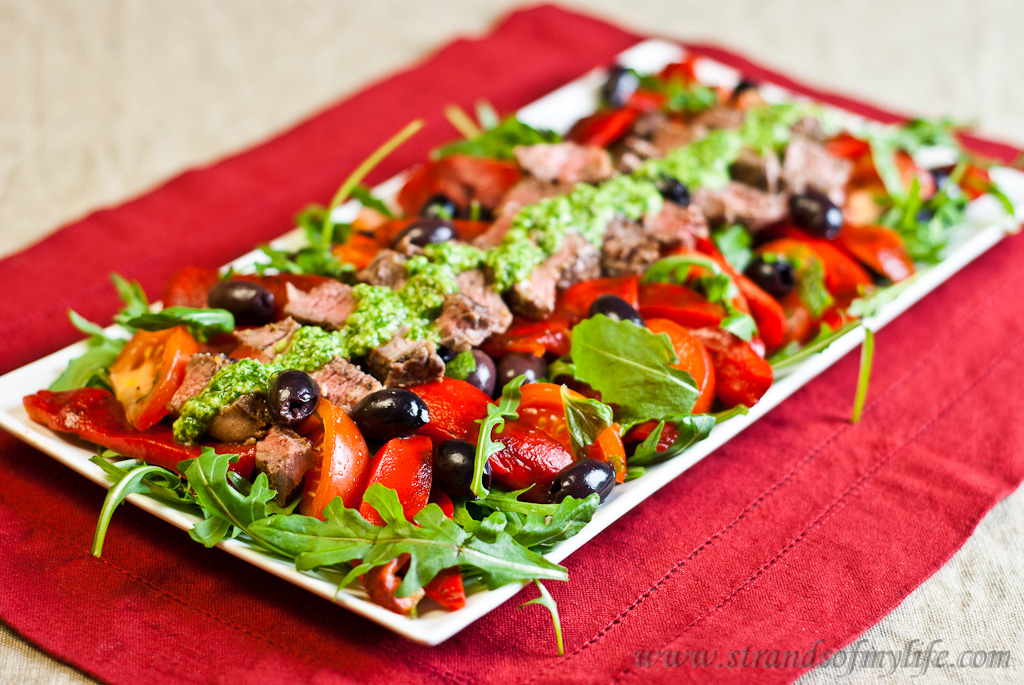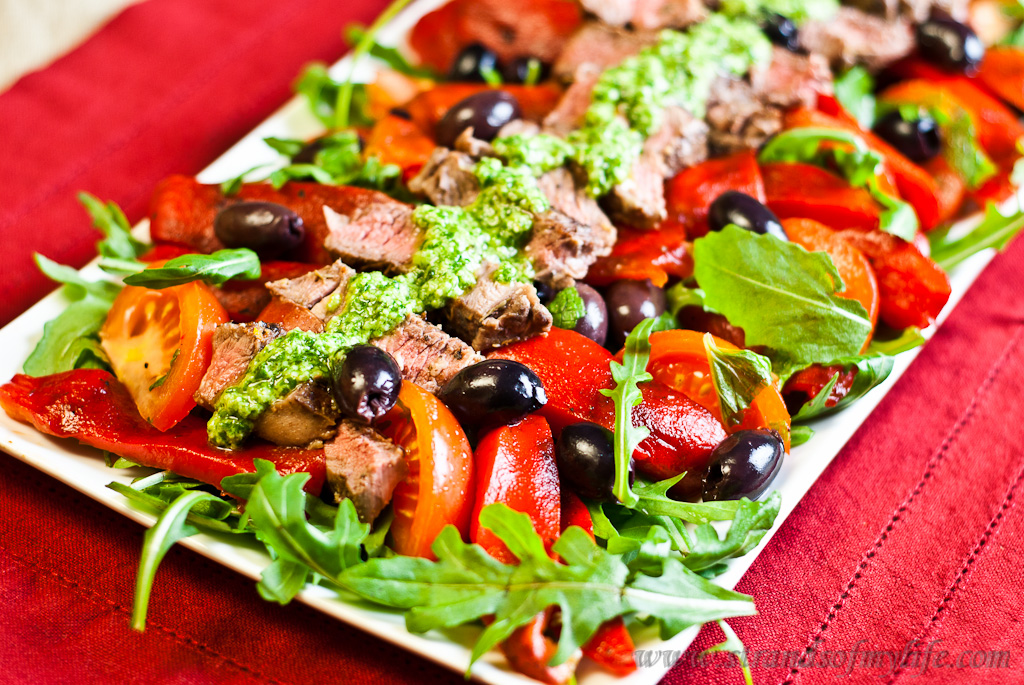I am doing a whole series of videos on Irritable Bowel Syndrome and the low Fodmap diet, and this is the first one. It talks about the 8 symptoms of irritable bowel syndrome and I explain each of the symptoms and why they happen. You can either watch it here or click through to Youtube in the bottom right-hand corner.
Video
Transcript
What are the symptoms of IBS?
| Welcome to Strands of My Life and this video on the low FODMAP diet. Today, I’m going to cover the eight symptoms of irritable bowel syndrome and low FODMAP intolerance. |
Number OneFood equals bloating. FODMAPs like fructose should be absorbed through the lining of the small intestine. But when an individual has difficulty doing this, the fructose continues on down into the large intestine where it’s treated as a foreign substance. That causes the bacteria down there to go to town, and this consequent fermentation results in bloating, diarrhea or constipation, as well as flatulence and stomach pain as a result of muscle spasms and trapped wind. Intolerance to any or all of the FODMAPs will result in the same symptoms. |
Number TwoHealthy food seems to aggravate the problem. For most people, including the experts, healthy food means fruit, vegetables, beans, whole grains. All three of those can be problematic for those who malabsorb any or all of the FODMAPs. All fruits and vegetables contain fructose and many contain fructans and polyols as well. All of those can cause us folk problems. Some are lower in these substances than others and so it can be tolerated in small helpings. Grains, like wheat, barley and rye are high in fructans, while beans contain fructans and/or GOS, which are galacto-oligosaccharides. These are really not good for us at all. |
Number ThreeYou know you are lactose intolerant but you still have problems. Not all of those with FODMAP problems are lactose intolerant. In fact, I’ve got no problems with dairy products at all, thank goodness. Only 25% of those with FODMAP malabsorption are lactose intolerant. But it’s logical to try eliminating them if you’ve got digestive issues, because lactose intolerance is well-known. This may or may not help, depending on whether dairy is, in fact, an issue for you. I tried and it made no difference at all by cutting out the dairy. But let’s say you do see a difference, but it hasn’t solved the problem. That is because it’s only one of the issues involved. One or all of the other FODMAPs could be the culprit or culprits. |
Number FourYou can’t identify the culprit/culprits. I spent most of my adult life trying to find a solution to my bloating and constipation, in my case. In other cases, of course, it’s diarrhea. I tried many elimination diets like the dairy one, wheat, the gluten-free one. I even tried a paleo diet but there was no aha moment for me. Then after trying those, I’d continue on with life for a while and I’d kind of try to ignore the issue, but then I’d try something different. Anyway, decades of frustration passed. Back in the early days, there was no Google that you could google for answers to these things. There were definitely no food blogs, and there were no food blogs dedicated to food intolerances – there was really no information anywhere to help. That’s why you went to the doctor and continued to go to the doctor to see if you could get help. I really envy those of you who are born into this world that’s completely governed by the Internet. Now that we have the Internet, the answers are out there if you dig long and deep enough. Back when I first was a teenager, no amount of digging was ever going to give me the answers because there was no Internet, and the doctors simply didn’t know about FODMAPs. That leads me on to the next point. |
Number FiveDoctors don’t help. Really, I can’t tell you how many doctors I’ve seen over the years. In the last few years before I found FODMAPs, which was a couple of years ago, I changed doctors half a dozen times. I was just always hoping that the next one would listen long enough to my symptoms to see that this was not a simple food intolerance, but they didn’t, right across the board. They told me I had irritable bowel syndrome, to eat more fiber, more fruit, more vegetables, and I would tell them that I already ate heaps of fiber, fruit, and vegetables. But usually by then my time was up and they’d given me a prescription for a fiber supplement. I did try some of those supplements, but my symptoms always got worse. I mean, the problem is that FODMAP intolerance is not well known, and doctors do of course, very little nutritional training, as we kind of know now, so they’re way off from being the experts that we’d expect them to be where nutrition’s concerned. But not one of those doctors actually referred me to a dietician, who would naturally be more up-to-date on the latest developments in the field of nutrition. I did eventually go to one a few years back, a dietician, but she thought I had diverticulosis, and gave me a diet for that, and it helped a wee bit, but not really. |
Number SixYou have a love/hate relationship with the toilet. People with irritable bowel syndrome either have diarrhea or constipation. Diarrhea is caused either by too much liquid entering the bowel or by food moving too fast through the bowel and there’s no time for the normal drying out process to take place, or the drying out mechanism could be hindered by inflammation of the colon, in particular in cases like Crohn’s. Constipation, on the other hand, is caused either by too little liquid or too much drying out, because the contents in the bowel are moving too slowly, or because you haven’t gone to the toilet as soon as you feel the urge. |
Number SevenYou feel better after going to the toilet. FODMAPs accumulate in the body. This is what makes it such a complex diet. They accumulate until they are released through going to the toilet. So you’ll feel much better after a toilet visit and that’s why. You’ve kind of zeroed out the bad guys and you can start accumulating again. It’s a delicate balancing act to keep the FODMAPs low enough in the digestive system to avoid bloating and yet high enough to get the nutrition you need to survive. That’s not an easy one but it can be done and I’ve been doing it for a few years now. |
Number EightYour digestive system rules your life. Of course it rules your life. Before I found this fantastic diet, I always wondered what it would be like not to have to constantly think about this issue and how it would impact on all the decisions in my life. I know now, because I have it under control, finally. Now I seldom have to worry about toilets, but I have to always be aware of what goes in my mouth. If I suffer or not, it’s now up to me, not to fate. |
| Those eight factors indicate that you have irritable bowel syndrome, and it’s highly likely that you’ll be dramatically helped by the low FODMAP diet, like I’ve been. If this sounds like you, and you’re in pain and afraid to leave the toilet, I’ve created the Inspired Life Low FODMAP Coaching Program just for you. This is a difficult diet – the low FODMAP diet. It’s difficult to implement, and this Program will support you for six weeks while you do that. If you’re interested in having a chat about your issues and the Program, please fill out the form at www.strandsofmylife.com/inspiredlife, and I’ll give you a call. Thank you very much for listening to this video and goodbye. |
Lamb Salad
I asked my husband and son what they wanted for dinner and neither came up with anything coherent so I made them this dish and it met with approval. I love the flavours in this salad. I did forget to put the feta on the salad before taking the photo so you will have to imagine it scattered over the top. This is completely low Fodmap including the feta (1/2 a cup is allowed). The layers look pretty for the photo but I then tossed everything into a big bowl so I could mix through the pesto well. Not as pretty but more practical for serving.

- 400gms/14 oz lamb steak
- 1 tsp dried thyme
- Zest of ½ a lemon
- Salt and pepper
- 2 big tomatoes
- ½ cup black olives
- Mint
- A packet of rocket
- 4 tbsp pesto (homemade with garlic-infused oil)
- 2 tbsp lemon juice
- 1 tbsp olive oil
- 2 red bell peppers
- 150gms/5.3oz feta
- Rub the lemon zest, thyme, salt and pepper into the steaks.
- Place on a hot grill and cook to seal on the outside but take off with the meat pink on the inside.
- Rest 10 minutes.
- Slice into ½"/1.25cm thick pieces
- Place the two peppers on an open flame and keep turning to blacken all the skin.
- Cool and rub off the skin.
- Slice into strips.
- Slice up the tomatoes.
- Rip the mint into pieces.
- Cut the feta into cubes.
- Place all the ingredients into a serving bowl or layer on a big platter.
- Combine the pesto, lemon juice and olive oil to make a dressing.
- Drizzle the dressing over the platter or toss the salad in the bowl to combine all ingredients with the dressing.





I love anything with lamb, especially when it’s prepared with so many veggies and a flavorful dressing!
As long as the lamb is cooked perfectly and is still pink inside, then the dressing is key to a great salad.
I love lamb! And we’re eating a lot of salads at the moment (summer here, so of course it’s hot), and this would be perfect. Great recipe — thanks.
Surprisingly for a country that has more sheep than people, we don’t eat a lot of lamb but it was sure good in this recipe.
The pesto is so pretty on top! And, those tomatoes and olives look lovely. Love all these fresh, bright flavors.
Pesto makes anything look and taste good, in my humble opinion. I always believe that part of cooking is creating a feast for the eyes as well as the taste buds and colour is important.
I’m running out of foods that don’t cause IBS and I have had it for many years. Toms, peppers, pesto, onion, spices are just a few. It’s now very difficult to determine what the culprits are.
Regards
Angie B